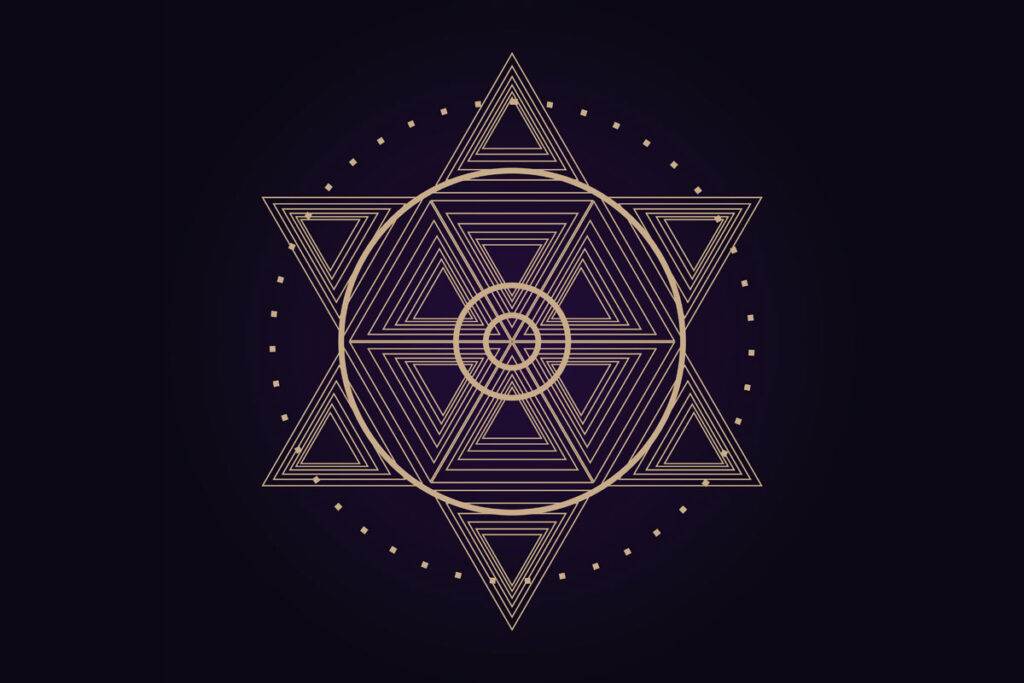About Uttarakhand Blog
Your opinion is important! We would really appreciate any help or comments you can give. We keep going strong and push ourselves to do better every time because of the comments you leave on our site. Please don’t be afraid to get in touch with us if you have questions or thoughts about our blog posts. Thanks for telling us what you think. It helps us plan the future of our content and make sure it keeps helping our audience. You are welcome to add any personal stories, interesting photos, or moving videos you may have to our site.
We can make our community better if we all work together to give everyone a voice. We really value your contributions; they not only make our work better but also get people to talk to each other and work together. Do not be afraid to share your thoughts, ideas, or stories if you have them. Your message is very important to us, and we can’t wait to hear back from you!
Popular Categories







What might you discover here?
Uttarakhand is a wonderful place full with fascinating history and cultural treasures; you are invited to explore them. Experience the rich tapestry of this area like never before. From its rich history to its vibrant traditions, all of our content on Uttarakhand is organised in an easy-to-navigate format.
Get a feel for Uttarakhand’s past by exploring its most famous sites. From ancient temples to tales of heroism told by forts and castles, the historical sites of Uttarakhand are timeless. Heritage and culture are intertwined via the stories told by each stone and structure.
History and modernity are both captivated by Uttarakhand’s breathtaking landscapes. Every place is unique, from the spirituality of Haridwar to the beauty of the Nainital hills. Anyone looking for adventure or tranquilly will find it in Uttarakhand. Go to the sacred Ganga Aarti or just chill out in the Himalayas.
Culture of Uttarakhand is defined by its traditions. From vibrant festivals to traditional attire, every culture is interwoven within Uttarakhand’s illustrious heritage. Take part in the celebrations to witness the joy that age-old traditions can provide.
Uttarakhand has been the spiritual home of many well-known figures. Countless outstanding artists, scientists, and politicians have emerged from Uttarakhand. In Uttarakhand, you can find inspiration by exploring the lives and legacies of these icons.
Let’s take a comprehensive look at the health and beauty of Uttarakhand. Beautiful and healthy, the region’s untouched landscapes are a boon to locals. As we delve into the traditional health and harmony practices of Uttarakhand, we will uncover its wellness secrets.
Come with me as I sample the food of Uttarakhand and other Indian states. Garhwali cuisine is a culinary journey in and of itself because to the use of Kumaon spices. Get to know the ingredients, techniques, and tales behind Uttarakhand’s unique cuisine.
Motherhood, maternal health, and the welfare of children are topics we cover as we grow. Strong familial bonds are highly prized in Uttarakhand. Investigate the ideas around mother-child relationships and the customs that have kept families together in this picturesque area for many years.
Spirituality is evident in the Hindu literature and traditions of Uttarakhand. Witness the local rites and sacred texts that bridge the gap between people and the divine. Ancient religious rites and th
To Conclude
We hope that our travel blog has brought you joy and knowledge as we complete this adventure across the magnificent landscapes and cultural treasures of Uttarakhand. Please know how much we appreciate it when you like and share our blog posts; it means the world to us. In addition to making the adventure more enjoyable for other adventurers, you will be helping to spread the word about Uttarakhand’s special allure.
Help your friends experience the enchantment of this area by telling them about all the amazing things that can be found in this blog. Our shared love for Uttarakhand should encourage more people to visit this magical place and experience its wonders for themselves. Joining our travel community is an honour, and we want to continue providing you with the kind of content that inspires you to see the world. May the wonders of Uttarakhand remain with you till our next adventure, stirring memories of the breathtaking scenery that lies around every turn.

